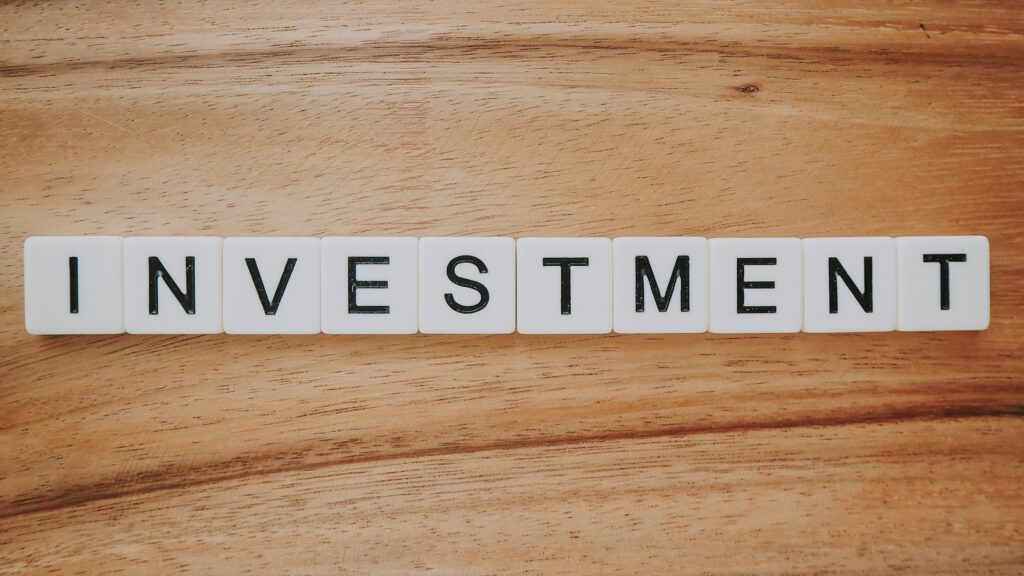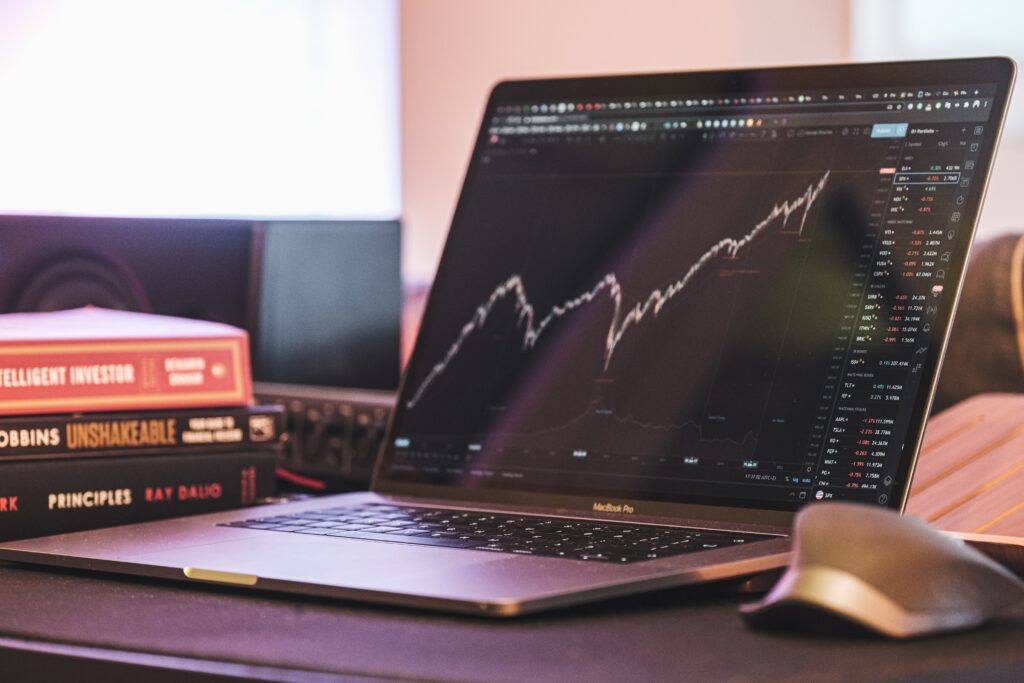

Backtesting: The Art of Time Travel for Investors

As Seen On
“The only reason for time is so that everything doesn’t happen at once.” – Albert Einstein.
Imagine if you could time travel to the past, armed with the knowledge of the present, and make decisions that would guarantee your success in the future. Sounds like a dream, right? Well, my friend, buckle up because that’s precisely what backtesting is, albeit in investing.
Have you ever had a conversation like this?
Investor A: I’ve discovered this great new strategy for trading stocks. It’s foolproof!
Investor B: Really? How do you know it works?
Investor A: Because I backtested it!
Well, that’s precisely what we’ll dive into today: the art and science of backtesting in the investment world. Are you ready to embark on this time-travelling journey? Let’s go!
The Allure of Backtesting: A Tale of Two Investors

Once upon a time, there were two investors in the land of Wall Street: Optimistic Oscar and Cautious Carl. They both wanted to conquer the stock market and achieve financial success. Oscar, brimming with confidence, believed he had found a surefire strategy to make a fortune. On the other hand, Carl was sceptical and wanted to ensure their plan was valid before risking his hard-earned money.
Carl decided to use backtesting as a method to put their investment strategy to the test. Oscar thought backtesting was a waste of time – after all, he had a gut feeling that their plan would work. Who do you think ended up having the last laugh? Read on to find out!
Backtesting: A Trip Down Memory Lane

Backtesting is like having a crystal ball that allows you to peer into the past and test how a particular investment plan would have performed over time. It involves using historical data to analyze the effectiveness of trading strategies before actually putting it into practice. In other words, it’s a rigorous method of validating your investment ideas without the risk of losing actual money.
Let’s break it down a bit further. Here’s what you need to do to backtest an investment plan:
- Formulate a clear investment plan or hypothesis. Be specific about the criteria, such as entry and exit points, position sizing, and risk management rules.
- Gather historical data. You’ll need quality data for the assets and your testing time frame.
- Apply your strategy to the historical data. Crunch the numbers and see how your system performs.
- Analyze the positive results. Look for patterns, trends, and potential pitfalls in your strategy’s performance.
Now, let’s take a trip down memory lane and see how backtesting works.
A Journey Through Time: The Golden Cross Strategy

You want to test the famous “Golden Cross” strategy. In this technical analysis approach, you buy an asset when its short-term moving average exceeds its long-term moving average and sell when the opposite happens. Here’s what you’d do:
- Define your strategy: You decide to buy a stock when its 50-day moving average exceeds its 200-day moving average and sell when the opposite occurs.
- Collect historical data: You gather daily price data for your chosen stock for the past 20 years.
- Apply your trading strategy to the data: You identify all the golden cross and death cross events and calculate the returns from each trade.
- Analyze the positive results: You examine the effects to see if the strategy is profitable and to identify potential improvements or shortcomings.
So, what does this mean for our two investors, Oscar and Carl?
Eager to dive into the market, Oscar ignored backtesting and started investing based on his hunches. Meanwhile, Carl diligently backtested the Golden Cross trading strategy and found that it had historically generated consistent returns with manageable risk.
With this knowledge, Carl started investing confidently, while Oscar’s haphazard approach led to a series of losses. Ultimately, Carl’s patience and diligent backtesting paid off, proving the value of this time-traveling technique in investing.
The Good, the Bad, and the Ugly: Limitations of Backtesting
While the backtesting tool can be a precious financial instrument in your investing arsenal, it’s essential to recognize its limitations. Here are a few caveats to keep in mind when relying on backtesting:
- Past performance is not a guarantee of future success. Just because a trading strategy worked well in the past doesn’t mean it will continue to do so in the future. Market conditions can change, and new factors can influence asset prices.
- Data limitations: High-quality historical data can be hard to come by; even the best data sets have gaps or inaccuracies. Moreover, the further back in time you go, the less reliable the data may be.
- Overfitting: It’s essential to ensure your system is robust and adaptable to various market conditions. This occurs when a trading strategy is tailored so precisely to historical data that it loses its ability to perform well in real-world conditions.
How about a quiz to test your backtesting knowledge?
QUIZ: Backtesting Basics
- What is backtesting?
- What are the four steps in the backtesting process?
- What is the potential pitfall of relying on backtesting?
The Power of Visualization: Paint a Picture of Your Strategy’s Performance
Once you’ve completed your backtesting, it’s essential to visualize the results to understand your strategy’s performance better. Use charts, graphs, and other visual aids to display critical metrics such as cumulative returns, drawdowns, and trade win/loss ratios. This will help you identify trends and patterns that can lead to insights and improvements in your investment approach.
The Final Verdict: Is Backtesting Worth It?
Backtesting can be a powerful tool for investors looking to validate their strategies and gain insights into their potential performance. While it’s essential to recognize the limitations of backtesting, it can give you the confidence to make informed investment decisions, much like our hero Cautious Carl.
As the famous investor Benjamin Graham once said, “The essence of investment management is the management of risks, not the management of returns.” Backtesting allows you to manage risk by providing a historical perspective on your investment strategy’s performance, helping you make better-informed decisions in the ever-changing world of investing.
Frequently Asked Questions About Backtesting
Q: Is backtesting only valid for stock investing?
A: Backtesting can be applied to various asset classes, including stocks, bonds, commodities, and even cryptocurrencies.
Q: Can I backtest fundamental analysis strategies?
A: While backtesting is more commonly used for technical analysis strategies, it can also be applied to fundamental analysis approaches with some creativity and adaptation.
Q: How do I know if my backtested trading strategy needs to be more balanced?
A: One way to identify overfitting is to test your strategy on out-of-sample data not used during the backtesting trading strategies. If your system performs poorly on this new data, it may need to be more balanced.
Q: Can I use backtesting software to automate the process?
A: Absolutely! Many backtesting software options, both free and paid, can help automate the process and save you time. Some popular choices include QuantConnect, AmiBroker, and TradingView. Carefully evaluate each software’s capabilities and data quality before relying on it for your backtesting needs.
In Conclusion: The Art of Time Travel for Investors
Backtest trading strategies can be a game-changer in your investment journey, allowing you to learn from the past, validate your strategies, and make more informed decisions. Remember to be aware of its limitations, and avoid falling into the trap of overfitting or relying solely on past performance.
As you embark on your time-travelling investment adventure, remember the story of Oscar and Carl. Be diligent, be patient, and use the power of backtesting to invest your hard-earned money wisely. After all, in the words of the great philosopher Lao Tzu, “Those who know, don’t predict. Those who predict don’t know.”
So go forth, dear investor, and use the art of backtesting to unlock the secrets of the past and chart a course toward a prosperous future. Good luck, and happy time travelling!
Gracie Jones
Up until working with Casey, we had only had poor to mediocre experiences outsourcing work to agencies. Casey & the team at CJ&CO are the exception to the rule.
Communication was beyond great, his understanding of our vision was phenomenal, and instead of needing babysitting like the other agencies we worked with, he was not only completely dependable but also gave us sound suggestions on how to get better results, at the risk of us not needing him for the initial job we requested (absolute gem).
This has truly been the first time we worked with someone outside of our business that quickly grasped our vision, and that I could completely forget about and would still deliver above expectations.
I honestly can’t wait to work in many more projects together!
Disclaimer
*The information this blog provides is for general informational purposes only and is not intended as financial or professional advice. The information may not reflect current developments and may be changed or updated without notice. Any opinions expressed on this blog are the author’s own and do not necessarily reflect the views of the author’s employer or any other organization. You should not act or rely on any information contained in this blog without first seeking the advice of a professional. No representation or warranty, express or implied, is made as to the accuracy or completeness of the information contained in this blog. The author and affiliated parties assume no liability for any errors or omissions.


